Personalized Art for Film: Mastering Direct-to-Film Transfers
Direct-to-film (DTF) transfers have revolutionized art and design by enabling artists to bring their…….
In the ever-evolving realm of design and technology, Custom DTF (Direct to Fabric) designs have emerged as a revolutionary approach, offering unparalleled versatility and creativity in the printing industry. This article aims to take readers on an extensive journey through the world of Custom DTF designs, unraveling their significance, global impact, and the various factors that shape this dynamic field. From its technical foundations to real-world applications, we will delve into what makes Custom DTF designs a game-changer in modern design and manufacturing.
Definition: Custom DTF designs refer to the process of creating unique graphics or patterns directly onto fabric using advanced printing technologies. This method eliminates the need for traditional screen printing or textile dyeing processes, enabling a more efficient, versatile, and cost-effective approach to fabric customization.
Core Components:
Print Technology: At the heart of Custom DTF designs lies digital printing technology. Two primary methods dominate this field:
Fabric Types: Custom DTF designs are not limited to any specific fabric. From cotton tees and polyesters to niche materials like silk and nylon, almost any textile can be a canvas for these prints. This versatility has led to its widespread adoption across diverse industries, from fashion to home furnishings.
Design Software: Designers utilize specialized software to create or edit artwork, ensuring it meets the requirements of the chosen printing method. This software often includes features for color profiling, layout design, and previewing to ensure accuracy before printing.
Historical Context: The concept of DTF printing dates back to the early 2000s when advancements in inkjet technology began to disrupt traditional textile printing methods. Early adopters recognized the potential for rapid, on-demand printing, especially in the apparel industry. Over time, improvements in print resolution, ink formulations, and hardware capabilities have elevated Custom DTF designs from a niche concept to a mainstream design solution.
Custom DTF designs have left an indelible mark on the global fabric printing industry, with its influence spanning across continents. Here’s a breakdown of regional trends and impacts:
| Region | Key Trends and Developments | Notable Companies/Innovations |
|---|---|---|
| North America | – Rapid growth in custom apparel printing. – Increasing demand for sustainable fabric options. |
– Print-on-Demand platforms like Printify and Printful. – Eco-friendly inkjet printing technologies developed by Epson. |
| Europe | – Focus on high-quality, detailed prints. – Integration of DTF with smart fabrics for interactive applications. |
– German company, Textil-Tech, specializing in precision laser printing. – Dutch startup, Wearable Tech, exploring DTF for wearable electronics. |
| Asia Pacific | – Dominance in bulk production and low-cost printing. – Adoption of DTF in home textiles and interior design. |
– Chinese manufacturer, Dongguan Printco, a leader in large-scale DTF printing. – Japanese brand, Unikatoo, known for its unique, hand-drawn DTF designs. |
| Middle East & Africa | – Emerging market with increasing interest in local fabric designs. – Use of DTF for traditional textile revival. |
– Dubai-based Print360 offers DTF services for the region’s fashion industry. – South African startup, Kafunka, promotes indigenous art through custom DTF printing. |
| Latin America | – Handcrafted and cultural designs gain popularity. – Collaboration between local artists and DTF printers. |
– Brazilian company, Artisana, showcases native art through DTF-printed textiles. – Mexican startup, Tejido Vivo, promotes traditional weaving with modern DTF techniques. |
These trends highlight the global embrace of Custom DTF designs, each region contributing unique perspectives and innovations to this evolving field.
The economic implications of Custom DTF designs are profound, impacting various sectors and market dynamics.
Market Dynamics: The rise of e-commerce and on-demand printing has created a dynamic market where businesses can launch products with minimal inventory. This shift empowers small enterprises and entrepreneurs to compete in the fashion and design industries.
Investment Patterns: Custom DTF printing equipment and software represent significant investments. However, the pay-off lies in reduced setup costs and faster turnaround times compared to traditional methods. Many companies are opting for rental or leasing models, making this technology more accessible.
Cost Analysis: While initial investment costs can be high, operating expenses for Custom DTF printing are relatively low. This includes reduced labor costs due to automated processes and minimal waste generation, making it an economically viable option for many businesses.
Revenue Streams: The custom nature of DTF printing allows businesses to cater to diverse customer preferences. From personalized apparel to limited-edition home decor, the potential for unique, high-margin products is significant.
Custom DTF designs find applications across multiple industries, each leveraging its unique capabilities:
Fashion and Apparel:
Home Decor and Furnishings:
Accessories and Electronics:
Art and Culture:
Continuous technological progress plays a pivotal role in enhancing Custom DTF designs, pushing them towards new frontiers:
Improved Print Resolution: Advances in inkjet technology have led to print resolutions surpassing 1000 dpi, enabling incredibly detailed and photo-realistic prints.
Specialized Inks: Newer ink formulations offer improved durability, water resistance, and even heat-transfer properties, expanding the range of applications.
Multi-Color Printing: Multicolor DTF printing has become more accessible and efficient, allowing for complex designs previously impossible with a single pass.
Integration with Smart Fabrics: Custom DTF designs are increasingly being incorporated into smart fabrics, enabling interactive and responsive clothing. This fusion of technology and design opens up exciting possibilities in wearable electronics.
While Custom DTF designs offer immense potential, several challenges must be addressed for widespread adoption:
Color Accuracy: Achieving consistent color reproduction across different printers and fabrics can be challenging. Calibration and color management are essential to ensure accurate results.
Fabric Compatibility: Not all fabrics are suitable for DTF printing due to their texture or chemical composition. Testing and experimentation are required to identify the best fabric types for specific print jobs.
Environmental Impact: The use of solvents in some inks raises environmental concerns. Water-based and eco-friendly ink options are gaining popularity to address these issues.
Regulatory Compliance: As the DTF industry grows, compliance with safety and environmental regulations becomes crucial, especially for products intended for direct consumer use.
Looking ahead, Custom DTF designs are poised to play a pivotal role in shaping the future of fabric printing and design:
Personalization at Scale: With advancements in technology, mass customization becomes increasingly feasible, allowing individuals to express their unique identities through their clothing and accessories.
Sustainable Printing: The industry is witnessing a shift towards eco-friendly practices with the development of sustainable inks and printing processes, contributing to a greener fabric printing sector.
Interactive Textiles: Custom DTF designs will continue to drive innovation in smart fabrics, leading to more interactive and responsive garments and home textiles.
Global Collaboration: The internet fosters collaboration between designers, printers, and artists worldwide, resulting in a rich exchange of cultural and artistic ideas.
Custom DTF designs represent a revolutionary force in the fabric printing industry, offering unprecedented levels of creativity, personalization, and efficiency. From its technical foundations to global applications, this technology has transformed how we think about and interact with textiles. As advancements continue to push the boundaries of what’s possible, Custom DTF designs will undoubtedly leave an indelible mark on various sectors, empowering businesses and individuals to express their unique identities in a truly personalized way.

Direct-to-film (DTF) transfers have revolutionized art and design by enabling artists to bring their…….
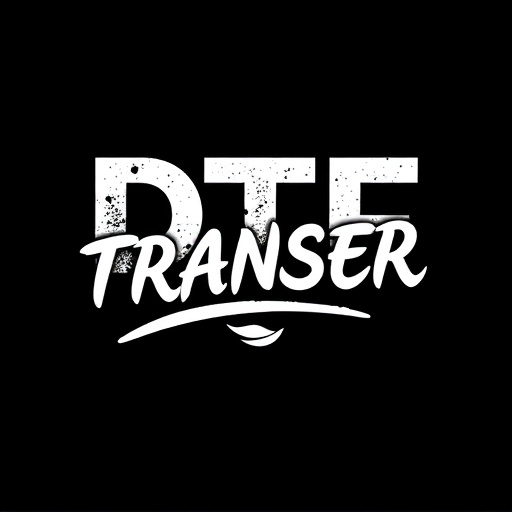
Direct-to-Film (DTF) transfer is a cutting-edge printing method that directly applies ink to surface…….
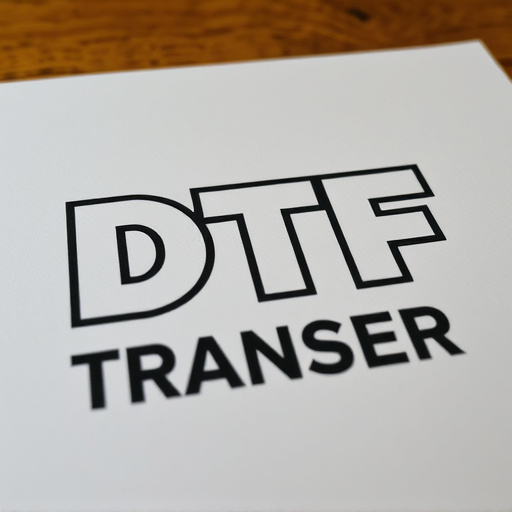
Direct-to-film (DTF) technology is a cutting-edge process enabling the creation of personalized artw…….
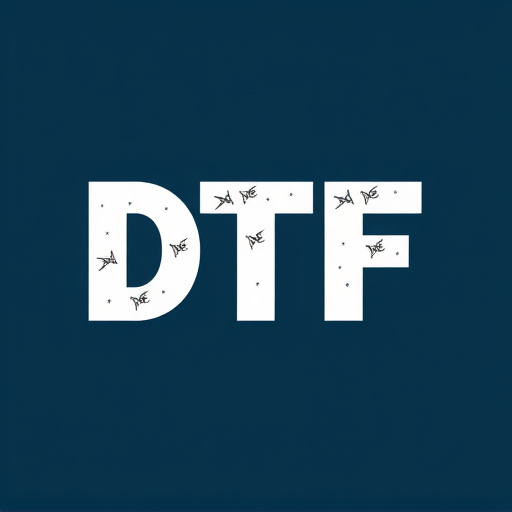
Direct-to-Film (DTF) transfers revolutionize creative expression by fusing digital art with physical…….
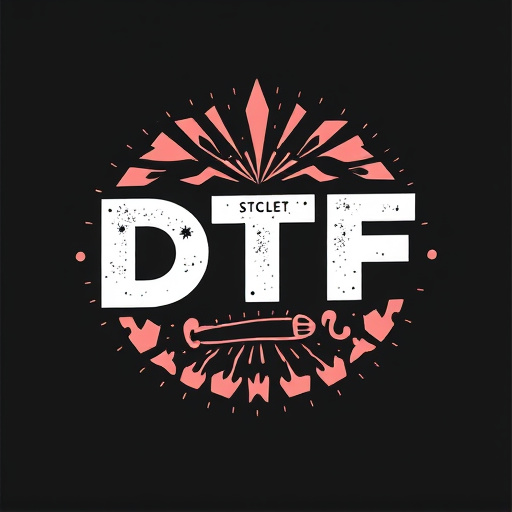
Direct-to-Film (DTF) transfers offer a cutting-edge method for applying artwork directly onto variou…….
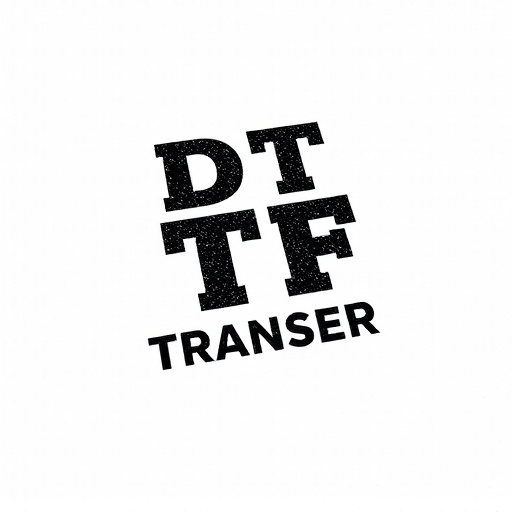
Direct-to-Film (DTF) printing is revolutionizing film production with its cutting-edge technique, el…….

Direct-to-Film (DTF) printing is a revolutionary technique transforming artwork creation and applica…….

Direct-to-film (DTF) transfers are revolutionizing the film industry by directly printing high-quali…….
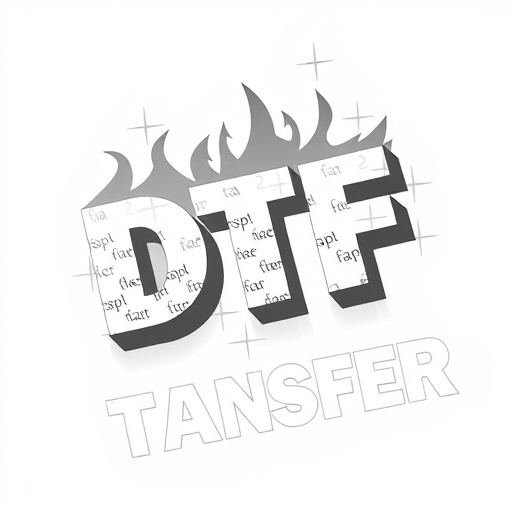
Direct-to-Film (DTF) printing is a cutting-edge technology revolutionizing art creation and applicat…….
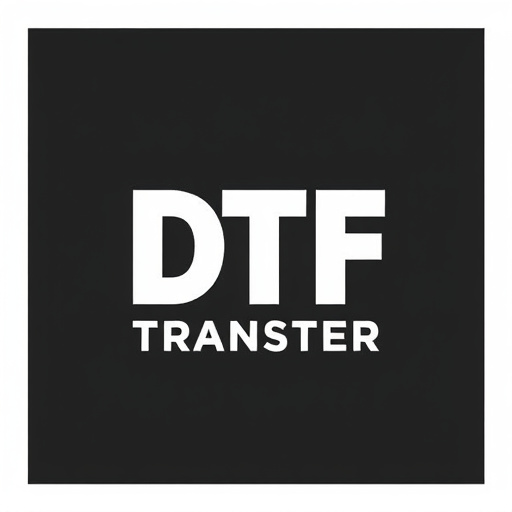
Direct-to-film (DTF) prints are a revolutionary technique in content creation, offering unparalleled…….